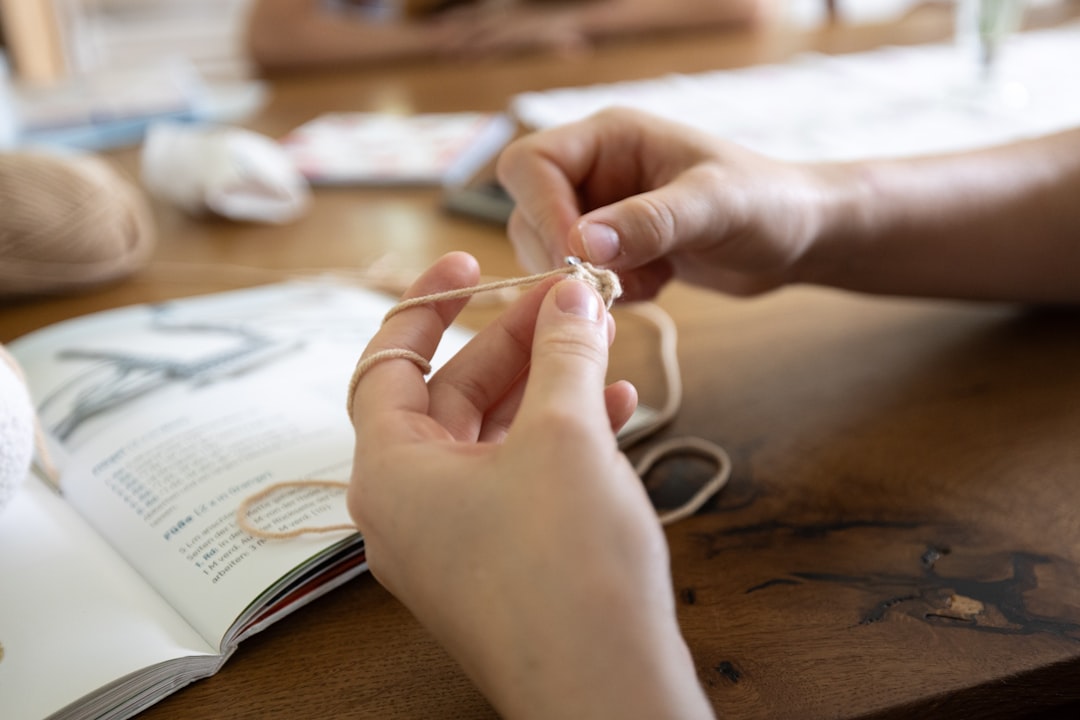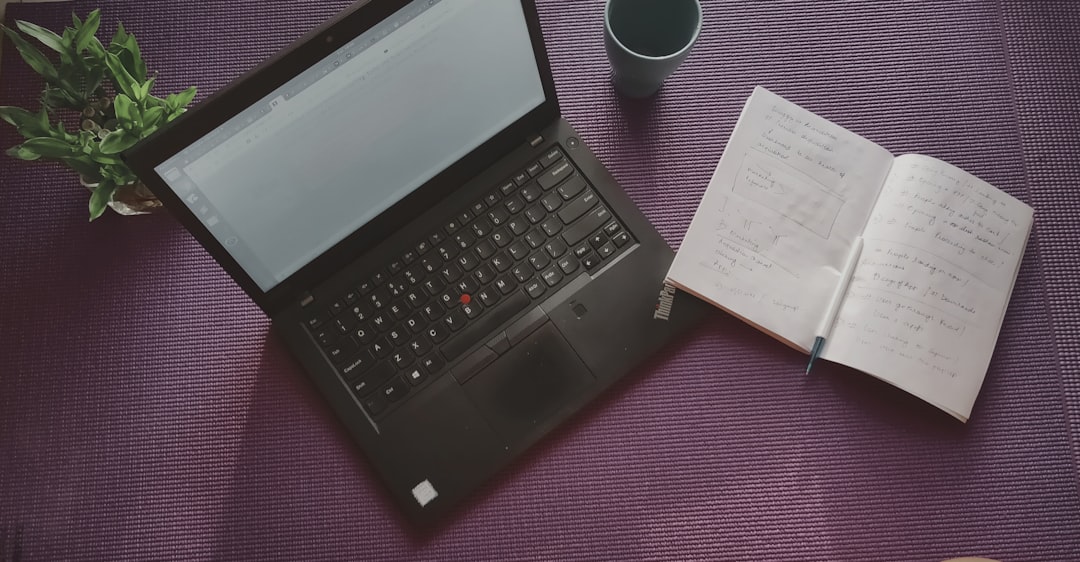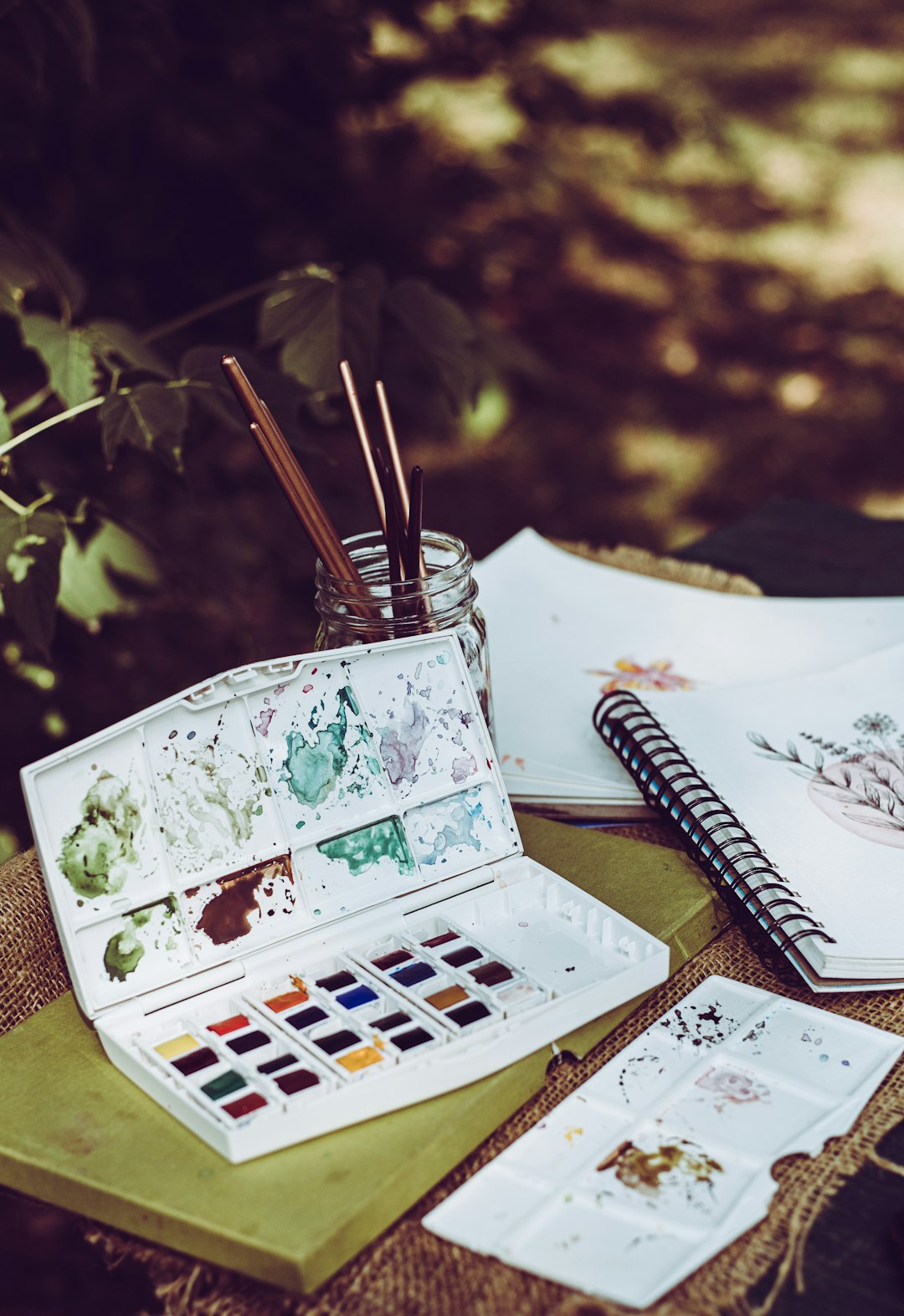A simple, thoughtful process to help you brainstorm, reflect, and finally begin a hobby that feels realistic, joyful, and life-giving.
.
In this summer hobby series we have talked about what constraints and obstacles keeping us from hobbies we enjoy.
I believe that if you struggle to add in a hobby in your busy life, you’re not lazy. We often get blocked by a variety of things that get in the way of learning new skills or doing something “just for the fun of it”.
Check out this post:
https://www.embracinghome.blog/index.php/2025/07/15/when-hobbies-feel-out-of-reach
Today, let’s approach this topic with the honesty of the situation, knowing our frustrations, and feeling ready to move past them.
There might be a sense of loss and confusion on where to start.
When I started exploring hobbies it had been so long that I had no idea what I enjoyed. If that is where you are at, begin by being kind to yourself.
It is okay that you have been investing your time and energy in other people, goals, or job opportunities. But now that you are wanting to do something for yourself, check out these prompts and places to start.

Step #1 – Things to consider:
Background & Personal History –
Age & Abilities
Some hobbies take a bit of strength or stamina. Others are easy to enjoy at any age or ability level. Your body’s needs can be part of the equation, not a limitation, just a consideration.
Culture & Traditions
Maybe you’re drawn to recipes your grandparents made, or music you grew up hearing. Cultural heritage can be a beautiful source of hobby inspiration.
Your Past Joys
What did you love as a kid? What have you always wanted to try? Sometimes your best clues are hiding in memories you haven’t revisited in a while.
Environment & Seasons –
Where You Live
Your surroundings play a role. If you live near the beach, water-based hobbies might be in reach. In a city? There might be more options for classes, community events, or indoor pursuits.
The Time of Year
Some hobbies just fit better in certain seasons. Summer’s great for gardening or hiking. Cold weather might invite cozy crafts or kitchen projects.
Personality & Preferences –
Your Social Needs
Are you energized by people or worn out by too much together time? Hobbies can match your social rhythm: group hikes, book clubs, solo sketching, quiet reading… It all counts!
Your Relationship with Technology
Love tech? Coding, digital art, or photo editing might be up your alley.
Prefer a break from screens? Try something tactile: like baking, knitting, or woodworking.
Your Learning Style
Do you like structure? Or figuring it out as you go? Some hobbies come with step-by-step guidance, while others are all about exploration.
Your Hobby Goals
Are you looking to get better at something—or just chill out? Both are great reasons to start. Knowing what you’re after helps you choose a hobby that fits.
Your Risk Style
Some people thrive on adrenaline. Others want low-stakes calm. Whether it’s rock climbing or puzzle building, what matters is that it fits you.
Your Commitment Level
Do you love big, long-haul projects? Or does a 10-minute creative burst feel more doable? There’s no right way to approach a hobby.

Step #2 – Make a list of ideas.
It’s time to get curious and start exploring possibilities. You don’t need to come up with the perfect idea off the top of your head.
Use the specific ideas from the lists above and create a prompt:
“Give me a list of 25 hobbies considering ______ [personal history] and ________ [environment] to do during ______ [current season] in ________ [your location] that involves ______________ [add in a few personality & preference notes].”
The more specific you can be the more useful your list will be.
Then put it into Chat GPT, Claude, Gemini, or good old fashioned Google. 😜
If the list doesn’t fit what you were hoping for then fine-tune the results. Change a some wording or adjust the prompt.
Ideas for adjusting results:
- “Give me more results that I can do for very low cost or for free”
- “List some hobbies I can do in 20 minutes or less that still feel satisfying and creative.”
- “What are low-pressure hobbies I can explore as someone who gets discouraged when I’m not immediately good at something?”
- “Suggest beginner-friendly hobbies I can do with my kids that also feel fun for me as an adult.”
- “What are some quiet, solo hobbies that can help me recharge after work and don’t require much setup?”
Look through the list and write down the ones that interest you and capture your attention.
Don’t overthink it, just notice what catches your eye or makes you feel a tiny bit curious. You’re not choosing your “forever hobby.”
You’re simply paying attention to what pulls you in.
Ask yourself:
- Which ones sound fun, not just “useful” or “productive”?
- Which ones feel doable in this season of life?
- Is there something you’ve always wanted to try but never gave yourself permission to explore?
Step #3 – Time to Process
Once you’ve marked or written down a few options, sit with the list.
Let it simmer.
You don’t need to make a decision right away.
If one or two ideas keep rising to the surface, those might be good places to start. And if nothing feels quite right yet, that’s okay too. You might not be ready to do a hobby, you might just need time to remember what you enjoy. That remembering counts too.
This part of the process is about curiosity, not pressure.
You’re gathering clues, not signing a contract. You get to follow your interests at your own pace and adjust as you go.

If your personality is more fast action and quick processing, then look around your house for supplies right away.
What can you gather for free to start on this new hobby this next weekend?
Start with the most basic list of simple supplies before you spend money and time gathering anything else.
Do what you can to take action and not gather more guilt. Take 15-20 minutes and do something small.

The key is finding new hobbies that feel like a natural extension of you.
Something grounding and life-giving. 😉
Your past joys, your current environment, and your personality all offer clues. There’s no right answer here. It is about only what feels doable and nourishing in this season.
Let this be the beginning of noticing, experimenting, and maybe rediscovering a small piece of yourself through hobby time.
You got this!
